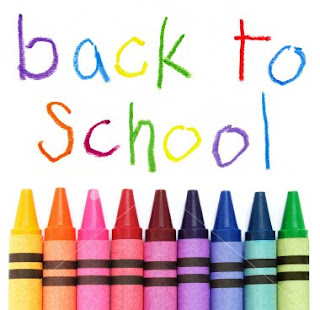
I came across a posting last week titled “
Hey Teachers: This is How I Learn.” from a blog titled TeachPaperless: Seeking social solution to the mysteries of 21st century teaching and learning. The philosophy behind the blog is to help educators create paperless classroom through integrated technology learning communities. The June posting tells the story of a classroom discussion between a teacher and a class of students. Here are some of the thoughts from students who would learn better if…
•Teachers focused on applying lessons to real-world learning
•Teachers applied more assessment for learning
•More groups projects were the norm
•Teachers stopped using boring PowerPoints to teach
•Lessons were more interactive, hands on
•Teachers used different instructional approaches (do we remember the Theory of Multiple Intelligences?)
•Teachers gave less homework
•Technology was utilized more often
It was interesting to read the thoughts of the students. How many of us [educators] think we are always creating engaging, interactive, exciting lessons? How many of us (who teach multiple grade levels) can really identify how our students learn best each and every day? Each student is an individual learner with a unique learning style. Do we remember Gardner's Theory of Multiple Intelligences? Can we name all eight of
Gardner’s Multiple Intelligences?
• Spatial
• Linguistic
• Logical-mathematical
• Kinesthetic
• Musical
• Interpersonal
• Intrapersonal
• Naturalist
Gardner’s Theory of Multiple Intelligences is based upon the research first presented in his 1983 book Frames of Mind, stating that there are different intelligences in which people are able to learn (Giles, Pitre, & Womack, 2003). Today more than ever, “learning through a variety of unique experiences allows children to better understand themselves as lifelong learners, and to see how others acquire knowledge and apply their skills” (Hampton, n.d.,p. 1). An educational awareness of the theory of M.I. has helped stimulate teachers to discover new ways of teaching all students in the classroom (Guignon, 1998), thus opening up the world of learning to all consumers. Howard Gardner’s research on multiple intelligences has influenced educational thinking practices since his theory burst onto the academic scene.
Teachers would help students learn better if...
Giles, E., Pitre, S., & Womack, S. (2003). Multiple intelligences and learning styles. Retrieved from http://www.coe.uga.edu/epltt/mi-ls.htm
Guignon, A. (1998). Multiple intelligences: A theory for everyone. Education World. Retrieved from http://www.educationworld.com/a_curr/curr054.shtml
Hampton, R. (n.d.). Multiple Intelligences. Retrieved from http://www.lth3.k12.il.us/rhampton/mi/mi.html










